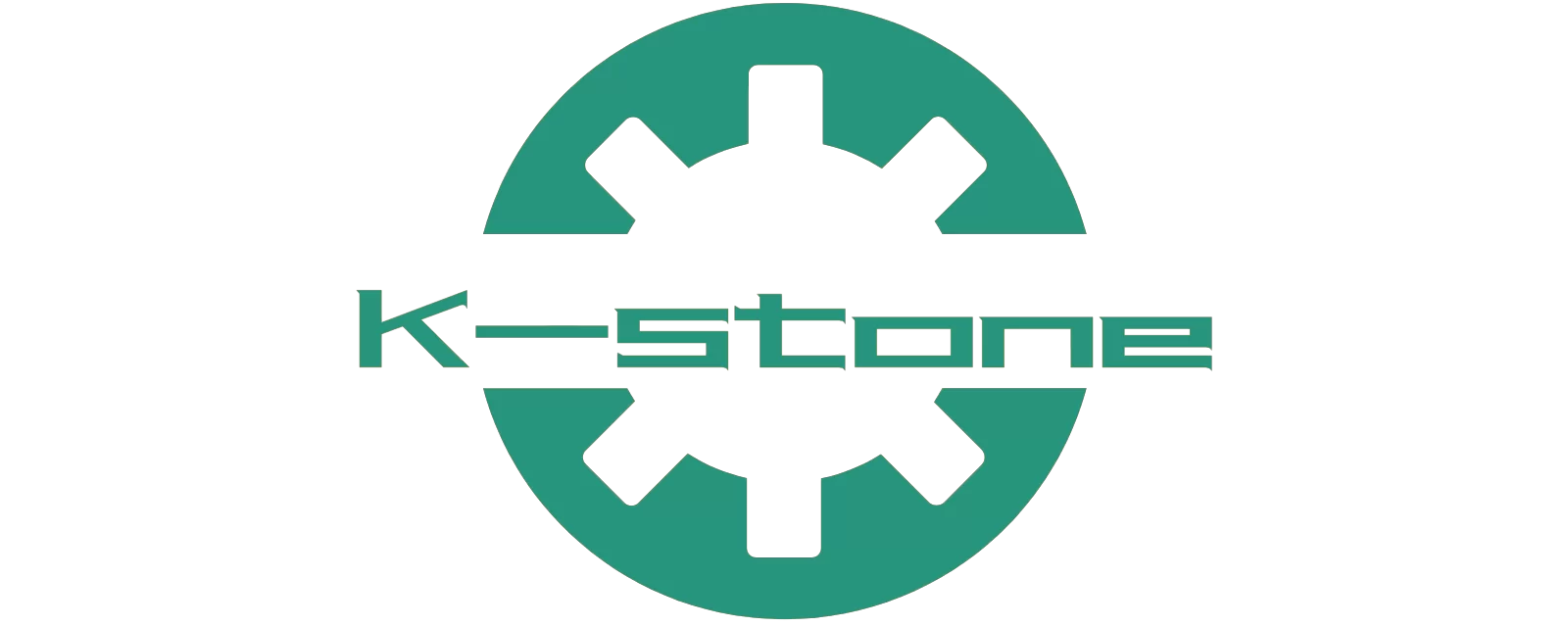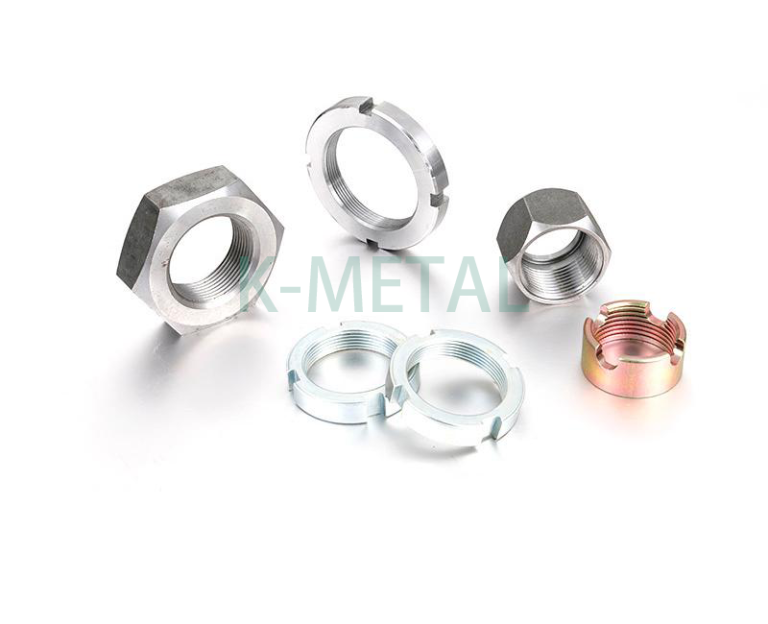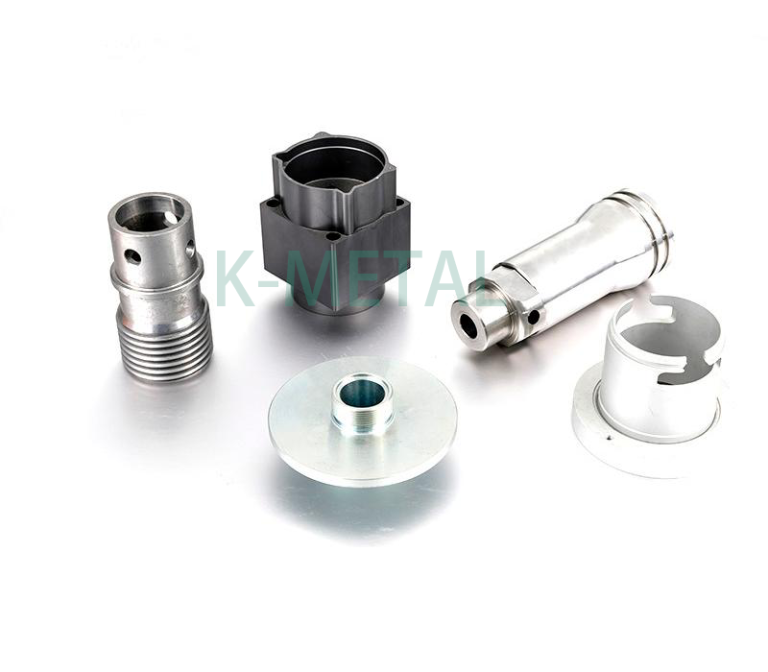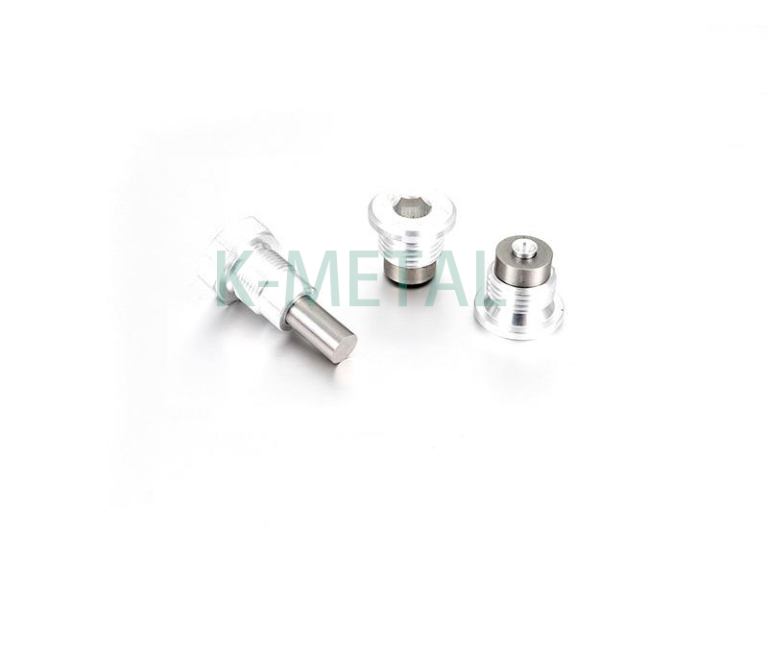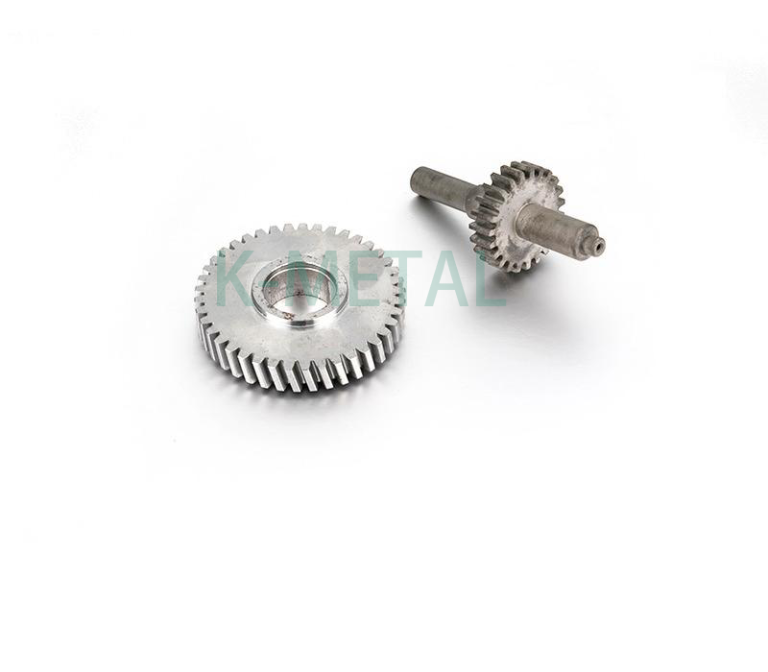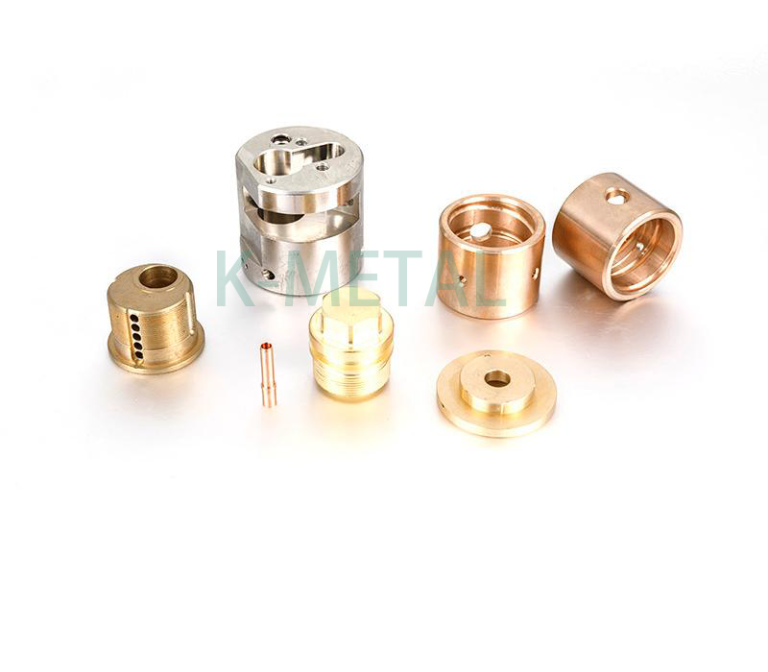
Mecanizado CNC por ejes
For efficient metal cutting processing, processing materials, cutting tools, and cutting standards are the three major elements. These determine processing time, tool life, and quality. The cutting standards must reasonably select economically effective machining methods. The three elements of cutting standards: cutting rate, feed rate, and cutting depth are directly related to tool damage. The selection of suitable processing standards should be based on these elements. The ideal condition is stable wear and tear, reaching the service life. However, in specific operations, the selection of tool life is related to tool damage, changes in machining specifications, surface quality, cutting noise, machining heat, etc. When determining processing standards, research must be conducted based on actual situations. For difficult to machine materials such as stainless steel and heat-resistant alloys, automotive parts CNC machining can use coolant or rigid cutting edges.
Reasonably selecting cutting tools
1) When rough cutting, choose vehicles with high strength and durable cutting tools.
2) When precision machining, high precision and good tool durability should be selected to ensure machining accuracy requirements.
3) Try to use machine clamp knives and machine clamp blades as much as possible to reduce tool changing time and facilitate tool alignment.
Reasonable selection of fixtures
1) Try to use ordinary fixtures to clamp workpieces and avoid using specialized fixtures;
2) Overlap of part positioning benchmarks to reduce positioning errors.
Processing route
The machining path refers to the motion trajectory and direction of the tool relative to the component under the machining conditions of a CNC lathe.
1) Should be able to ensure machining accuracy and surface roughness regulations;
2) Try to minimize machining routes and minimize tool idle time.
